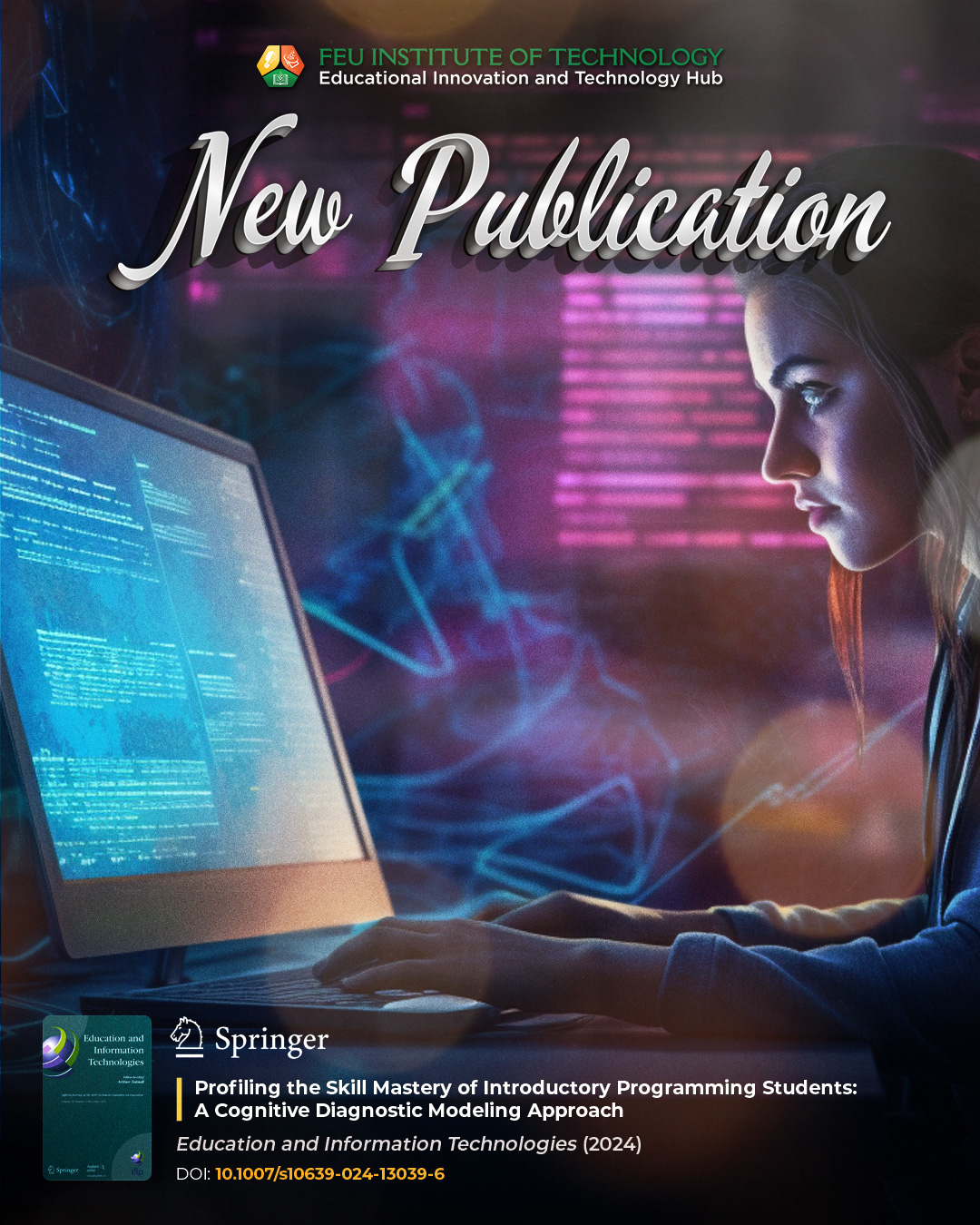Using A Cognitive Diagnostic Modeling Study to Assess the Skill Mastery of Introductory Programming Students
A new study profiles the proficiency of programming students in their respective fields to bridge the gap in the available literature.
October 8, 2024
Research
Computer programming has become an indispensable skill in the modern world. The growing digitalization and the increasing complexity of technological solutions across various industries underscore its importance. As a result, different fields, including IT, CS, science, engineering, design, and arts, are demanding programming. This trend has led to a global shift in education, with programming courses integrated into curricula at different levels. However, despite these efforts, the world needs more skilled programmers.
One reason for the shortage is students' challenges in learning programming, influenced by individual differences, cognitive factors, and the quality of teaching and curriculum design. Rigorous assessments are crucial for identifying specific cognitive strengths and weaknesses, guiding curriculum refinement, and preparing future generations for the digital age to address these challenges and ensure effective programming education.

A Fitting Solution to the Problem
Dr. Manuel B. Garcia, a Licensed Professional Teacher (LPT) and a professor of Information Technology at the FEU Institute of Technology, used cognitive diagnosis modeling (CDM) in his latest journal article, "Profiling the Skill Mastery of Introductory Programming Students: A Cognitive Diagnostic Modeling Approach."
Choosing the suitable CDM model is crucial for accurate and informative results. Different models offer varying complexity and flexibility, from saturated models that capture all possible attribute interactions to constrained models that simplify the structure. The choice of model depends on factors such as the amount of data, the complexity of the relationships among attributes, and the specific research questions. Model selection should rely on statistical tests and a consideration of the theoretical basis of the assessment. By carefully selecting the appropriate CDM model, researchers can ensure that the diagnostic information obtained is accurate, meaningful, and tailored to the study's specific context.
Profiling the Students' Proficiency
High dropout rates in programming courses are a significant barrier to developing a skilled workforce. This study aimed to address this issue by applying CDM to assess the specific cognitive abilities of programming students. The findings revealed that students who demonstrate language and code-tracking proficiency need help with algorithmic thinking, logical reasoning, and theoretical understanding. These deficiencies are crucial for effective programming and contribute to academic challenges and dropout.
The study also identified disparities in skill mastery between IT and CS students, highlighting the need for tailored educational strategies. Overall, the research provides valuable insights into the factors influencing success and retention in programming education, emphasizing the importance of addressing cognitive weaknesses and tailoring instruction to meet students' diverse needs.
Understanding Students' Cognitive Skill Profiles
While students demonstrated code tracing and language proficiency, they struggled with theoretical understanding, logical reasoning, and algorithmic thinking. The study identified three distinct groups of students: those excelling in all areas except logical reasoning, those proficient only in language proficiency, and those mastering all assessed attributes. A comparison between CS and IT students revealed that they generally outperformed IT students in logical reasoning, algorithmic thinking, language proficiency, and theoretical understanding. However, IT students excelled in code tracing. These disparities underscore the need for tailored educational strategies to address students' specific cognitive challenges in each program.
Educators can develop targeted interventions to improve student outcomes and reduce dropout rates by identifying the cognitive gaps in students' understanding. The insights can also inform curriculum development and policy decisions at institutional and broader educational levels.
Dr. Garcia's research marks a significant step forward in understanding the cognitive skill profiles of programming students. By demonstrating the effectiveness of CDM in providing actionable diagnostic feedback, the study paves the way for future research and the application of similar approaches in other educational domains. Dr. Garcia also organized a workshop on CDM during the latest EdITHABLE Episode 3.
Patricia Bianca S. Taculao-Deligero is a Bachelor of Arts in Journalism Graduate from the University of Santo Tomas. She has an extensive portfolio from working in various local media outlets, with articles focusing on lifestyle, entertainment, agriculture, technology, and local government units, among other subjects. Her specialty is in feature writing. She is also proficient in news writing.
